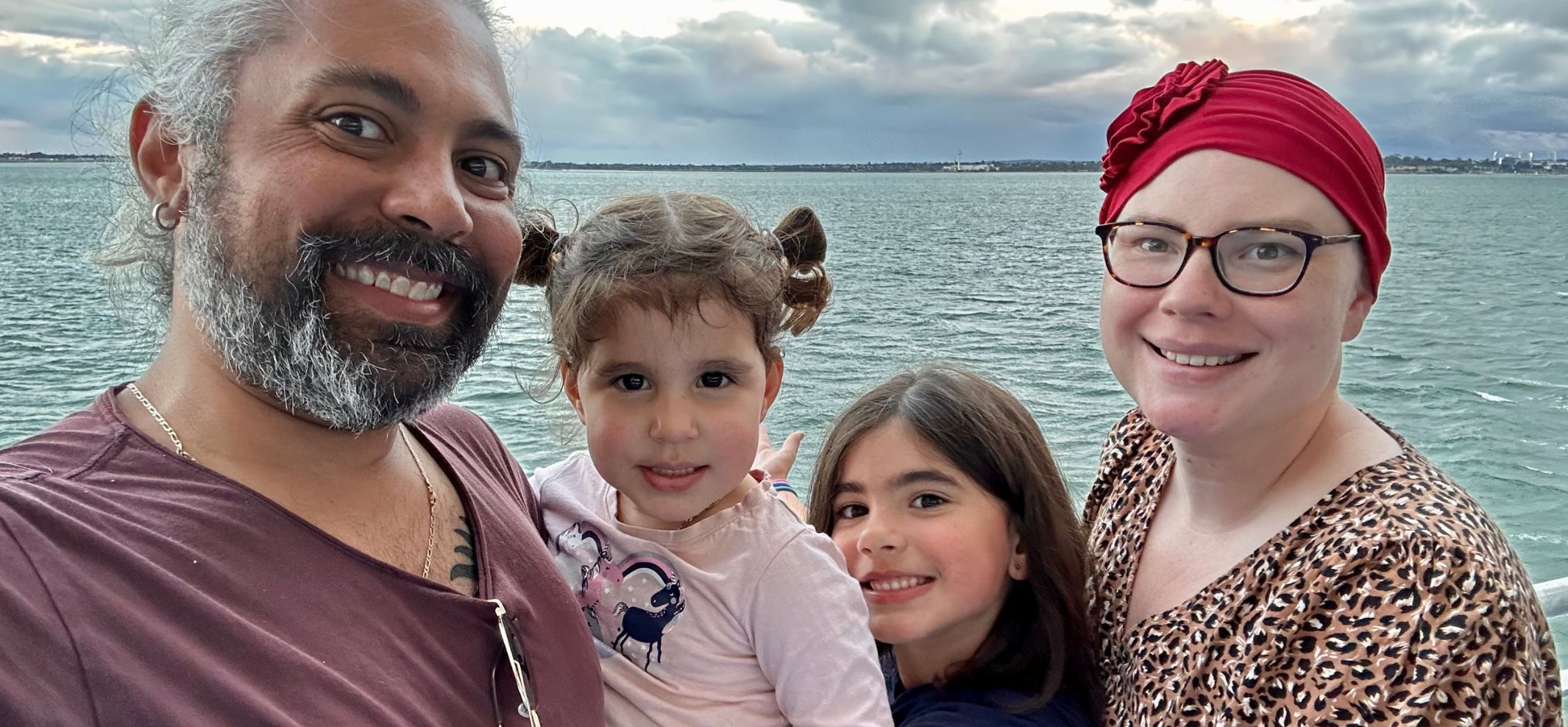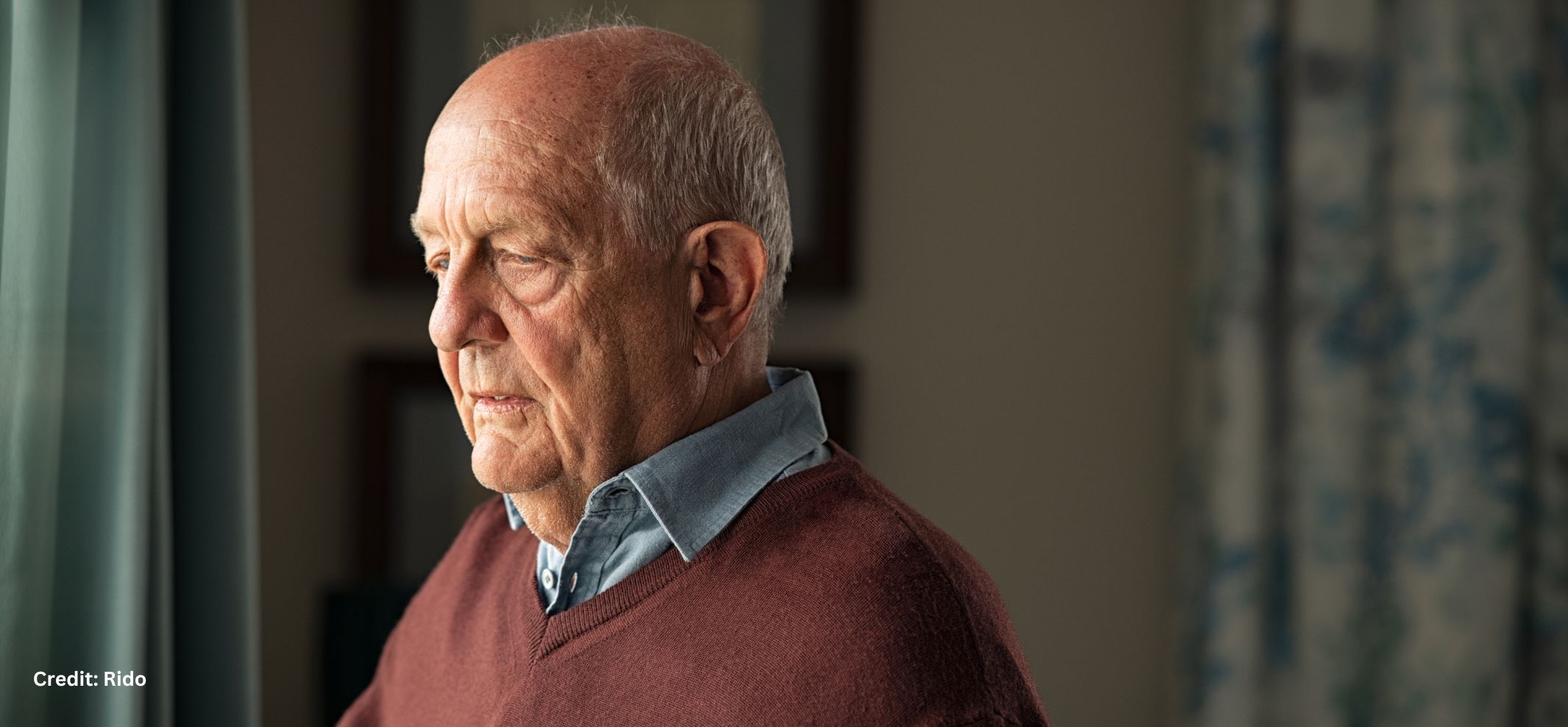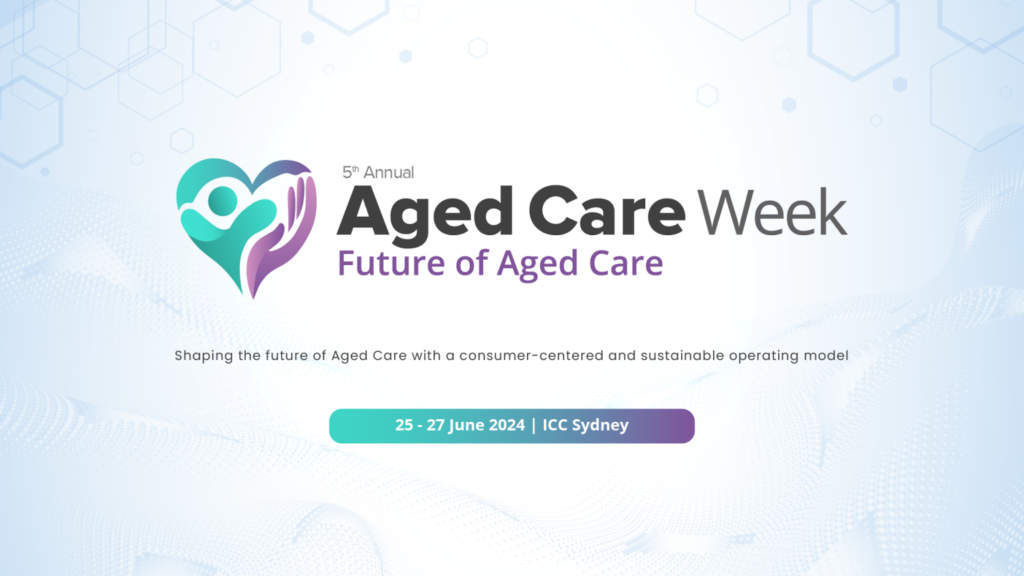Simple spatial conditions have the power to affect a person’s emotional and physical wellbeing. Interior Design Can Support Recovery and Alcohol Rehabilitation Centers. The findings of this study concluded that in the existing drug and alcohol rehabilitation centers in the U.S. a disconnection exists between the patients’ emotional needs and the therapies that are currently offered.
The therapeutic community disregards the built environment as part of the therapy, but the patients expressed that recovery is an internal emotional effort and that they needed spatial conditions that facilitate introspection. They also expressed a need for an ambiance that supports and guides them into a positive emotional state of mind.
These objectives were translated into spatial qualities using the photo-elicitation made in this study, Biophilic Design theory, Emotional Design theory, Archetypal Landscape theory, and The Power of Place Theory.
How Interior Design Can Support Recovery in Drug and Alcohol Rehabilitation Centers
A clear and simple evidence-based abstraction (regarding the physical conditions needed in drug and alcohol rehabilitation centers) was applied to an existing rehabilitation to showcase the spatial qualities that can serve as prototypical guidelines for future application in other rehabilitation centers. My recommendations to the current therapists are to use the spatial conditions as part of the therapy. I invite the therapeutic community that treats substance abuse disorder to merge interior design theories with the current therapies because it can be a powerful outcome. In this thesis, only the transitional spaces were studied but there is much more to study in other areas of drug and alcohol rehabilitation centers.
The interior design solution found in this thesis that embodies the findings is the creation of Restorative Nodes5 and implement them in transitional areas. This answer fills in the gap between the existing treatments in the U.S. and the emotional needs of the patients. It is a solution that acts as a common ground between two different points of view: patients and therapists. The built environment is a powerful tool that can be used to interlock the emotional needs of the patients and the existing treatment to have an optimal recovery process.
Communication Wall
Understanding feelings are key during the recovery process. This Communication Wall works as a treatment for Anti-Social Behavior because it facilitates non-verbal communication. The activities that this prototype promotes are to express and understand feelings. This collective activity provokes internal questioning, growth, and empathy for anyone who participates or sees the Communication Wall. It caters to both introverted and extroverted patients. Which specific messages and activities are most effective for the Communication Wall? This is an opportunity for the therapeutic community to further expand this research question.
Another future study can be made with the same ex-inpatient interview and photo-elicitation that was created in this thesis. This questionnaire can be carried out in other countries and cultures. These new findings can be overlapped with the existing evidence found in this thesis to conclude if there is a universal truth that promotes efficiently the emotional wellbeing for people suffering from substance abuse disorder.
Prototypes – How Interior Design Can Support Recovery in Drug and Alcohol Rehabilitation Centers
To design specialized prototypes that can be implemented in drug and alcohol rehabilitation centers during phase two, a series of Restorative Nodes are proposed to turn transitional spaces (hallway or a generic space) into purposeful transitional experiences. The purpose of these nodes is to support the patients positively at the psychological level in each transition between therapies during their recovery process. To assert the spatial conditions that each of the different nodes needs, an examination of a patient’s typical journey during phase two was made.
This journey ranges from the moment in which the patient is admitted to the rehabilitation center until the patient goes to sleep. However, the design proposal is solely focusing on transitional spaces during phase two of the recovery process. This design delimitation portrays the findings of this study. It was concluded that a total of seven Restorative Nodes are needed during the transitional spaces of the recovery process. All the nodes described ahead are using the physical patterns that were discovered during the interviews of the research. These patterns were abstracted and translated into three-dimensional spatial conditions that could reinforce the subconscious messages and ideas needed for an optimal recovery process.
Today, there exists enough multidisciplinary evidence-based knowledge regarding addiction behavior solutions, but this understanding has not being grappled with enough by the current therapists that handle drug and alcohol rehabilitation centers in the U.S. CASA (2012) explains: “Unlike other diseases, we do little to effectively prevent and reduce risky use and the vast majority of people in need of addiction treatment do not receive anything that approximates evidence-based care” (p. 2). In consequence, this scattered knowledge between different disciplines indicates a demand to be linked.
One of these overlooked missing links is the physical environment. To find innovative ways on how the interior space can potentially affect the patient’s well-being and behavior during the recovery process, these main elements were investigated: addiction behavior at a neurological level; Reward System Syndrome, Anti-Social Behavior, and neuroplasticity. Also, from the psychological approach, other topics that are related to the physical environment were analyzed such as; different spatial and emotional needs of introverts and extroverts, behavioral therapy, and meditation. Moreover, the existing therapies provided in drug and alcohol rehab centers that are directly linked to the physical environment were presented.
Final Accomplishments
After analyzing the therapeutic data and interior design theories, the pertinent subjects were merged to obtain advantageous spatial suggestions that may support the recovery process while inhabiting drug and alcohol rehab centers. Data was found on how the spatial conditions affect our bodies at a chemical level, how the interior space can facilitate introspection, how interior design provides emotional wellness for introverts and extroverts, and how to achieve restorative settings. This review of literature dissected the characteristics of the interior spaces trying to connect different disciplines through a common ground: improve the in-patient treatment for addictive behaviors in the U.S. through the physical environment.
Source: https://obssr.ideascale.com/a/dtd/How-Interior-Design-Can-Support-Recovery-in-Drug-and-Alcohol-Rehabilitation-Centers/231389-46018





















